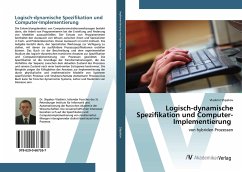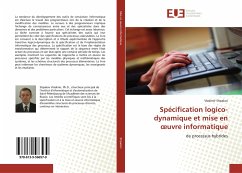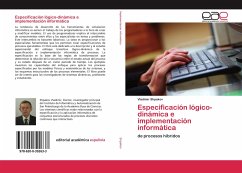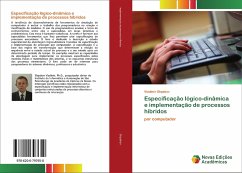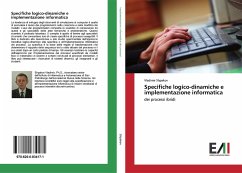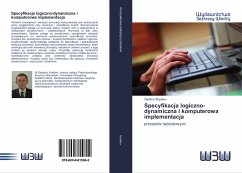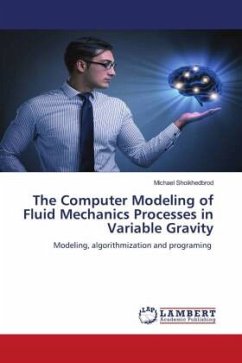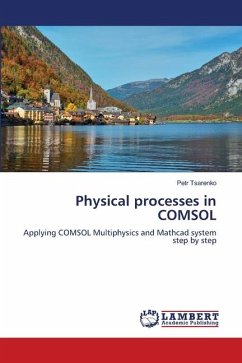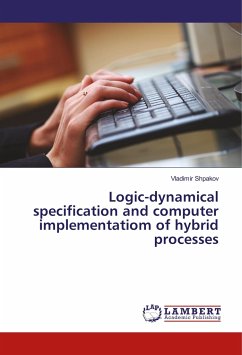
Logic-dynamical specification and computer implementatiom of hybrid processes
Versandkostenfrei!
Versandfertig in 6-10 Tagen
23,99 €
inkl. MwSt.

PAYBACK Punkte
12 °P sammeln!
The development trend of computer simulating tools is to exclude the work of programmers when creating and modifying models. The use of programmers involves the exchange of knowledge between them and specialists in subject and problem areas. This exchange is quite laborious. The task is to provide specialists with tools that allow them to create executable process specifications. The book is devoted to the description and experimental study of the logical-dynamic transitive approach to the specification and computer implementation of processes. The specification is the base of the transformati...
The development trend of computer simulating tools is to exclude the work of programmers when creating and modifying models. The use of programmers involves the exchange of knowledge between them and specialists in subject and problem areas. This exchange is quite laborious. The task is to provide specialists with tools that allow them to create executable process specifications. The book is devoted to the description and experimental study of the logical-dynamic transitive approach to the specification and computer implementation of processes. The specification is the base of the transformation rules that determine the ratio of the sequence between the current state of the process and its state after a certain period of time. The examples show the capabilities of the approach for implementing the processes specified by physical and mathematical models of systems, and structural schemes of elementary processes. Examples of models of dynamic systems, along with the executable fileof the modeling environment, can be found at The book may be of interest to researchers of dynamic systems, teachers and students.



